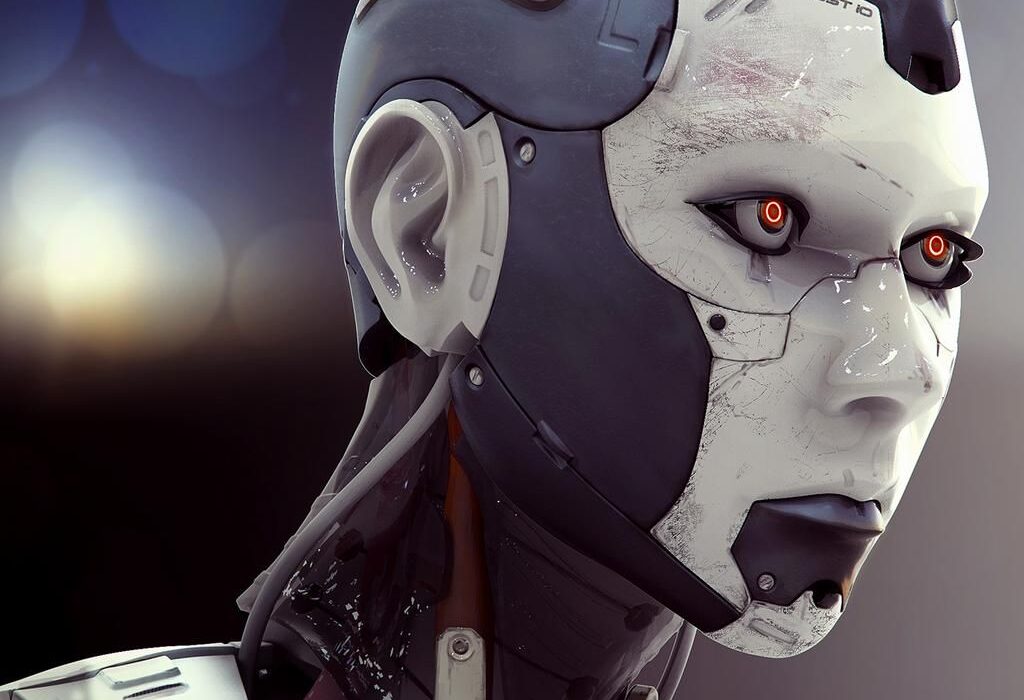In the realm of emergency response, where every second counts, innovations are constantly being explored to enhance rescue operations and save lives. One such groundbreaking development is emerging from the University of Queensland in Australia, where researchers are delving into the world of cyborg beetles as potential allies for first responders.
Imagine a scenario where these minuscule insects, equipped with sophisticated technology on their backs, can navigate through treacherous terrains and tight spaces that would challenge even the most advanced robotic systems. Dr. Thang Vo-Doan and his team have been at the forefront of this cutting-edge research, exploring ways to harness the natural abilities of beetles for humanitarian purposes.
By attaching removable electronic backpacks to these insects and stimulating specific body parts with electrical impulses, researchers can effectively guide the beetles in desired directions. As Dr. Vo-Doan explains,
“We use electrical pulse trains to activate sensory receptors or emulate the insect’s sense of touch.”
This novel approach enables remote control over beetle movements without compromising their innate behaviors.
Unlike traditional robotics or drones, cyborg beetles offer a unique advantage in search and rescue missions by maneuvering effortlessly through challenging environments like rubble piles or confined spaces. Dr. Vo-Doan emphasizes,
“Beetles possess many natural gifts that make them masters of climbing and navigating small, complex spaces,”
highlighting their unparalleled adaptability compared to conventional machines.
An intriguing aspect of this research is that while humans can direct the beetles towards specific targets using electronic stimuli, the insects retain autonomy in following commands. Dr. Vo-Doan clarifies this distinction by stating,
“The beetles have their own will and can choose whether to follow commands or ignore them.”
This collaborative interaction between human guidance and insect decision-making ensures a high success rate in executing tasks efficiently.
After more than a decade of dedicated efforts at the Biorobotics Lab, University of Queensland aims to deploy fully operational cyborg beetles within the next five years for practical testing in real-world scenarios. The ongoing focus lies on enhancing power systems sustainability and integrating camera modules onto the beetles for improved navigation support during missions.
Dr. Vo-Doan underlines the critical importance of rapid intervention during emergencies:
“If people have been trapped under rubble, you want to find them quickly and initiate rescue plans.”
The potential applications extend beyond search and rescue operations to diverse fields where precision-guided mobility is crucial.
As we anticipate a future where tiny yet resilient cyborg beetles play an integral role alongside human responders in crisis situations, it underscores how innovation continues to redefine traditional paradigms in emergency management. Through this fusion of nature’s wonders with technological advancements, a new chapter unfolds in our quest for effective emergency assistance mechanisms tailored for evolving challenges.

